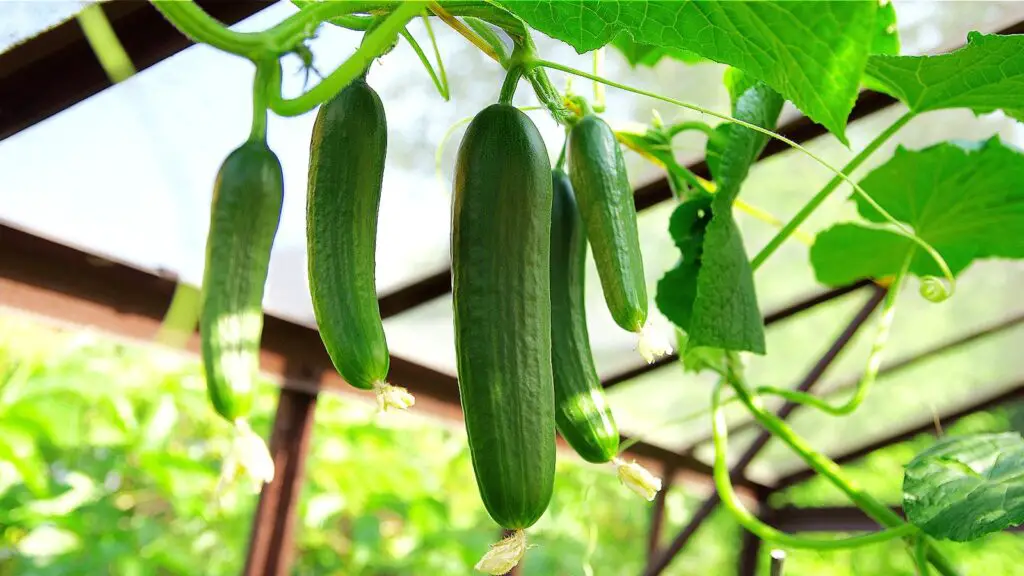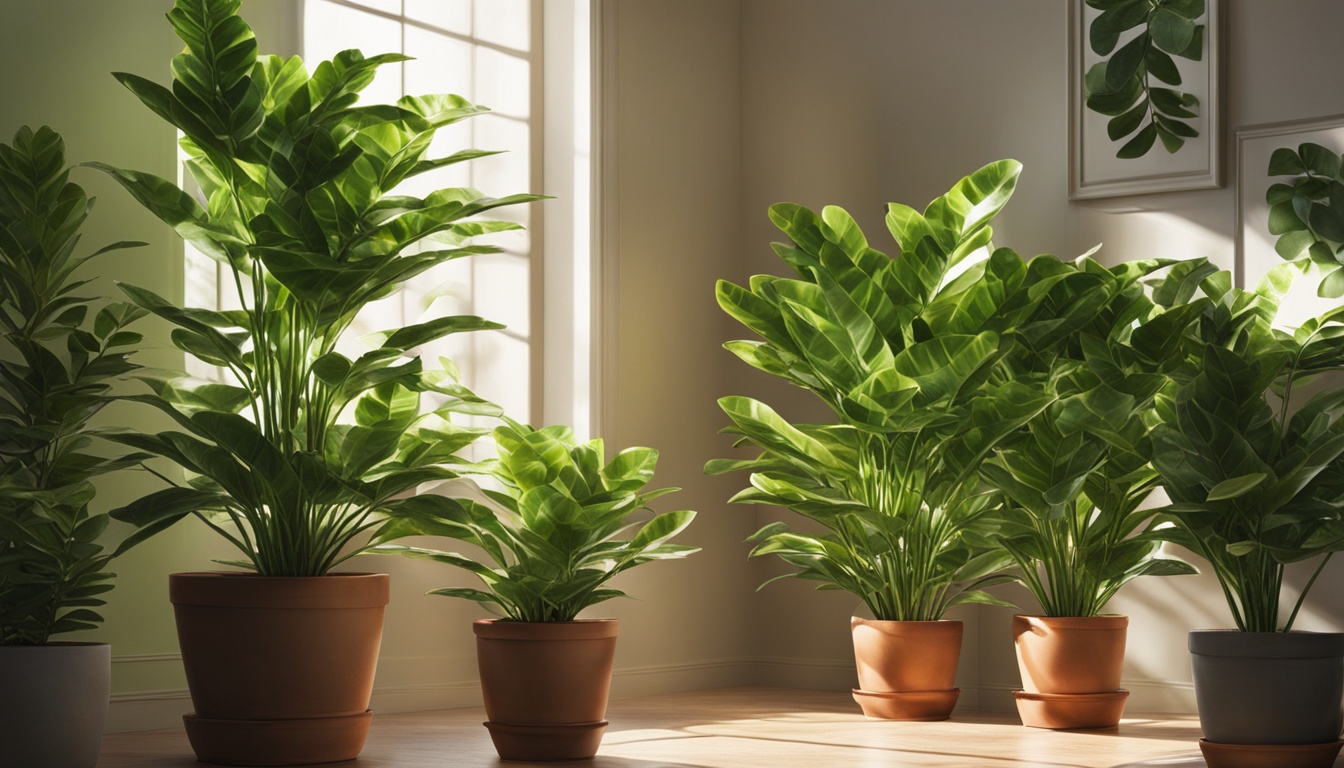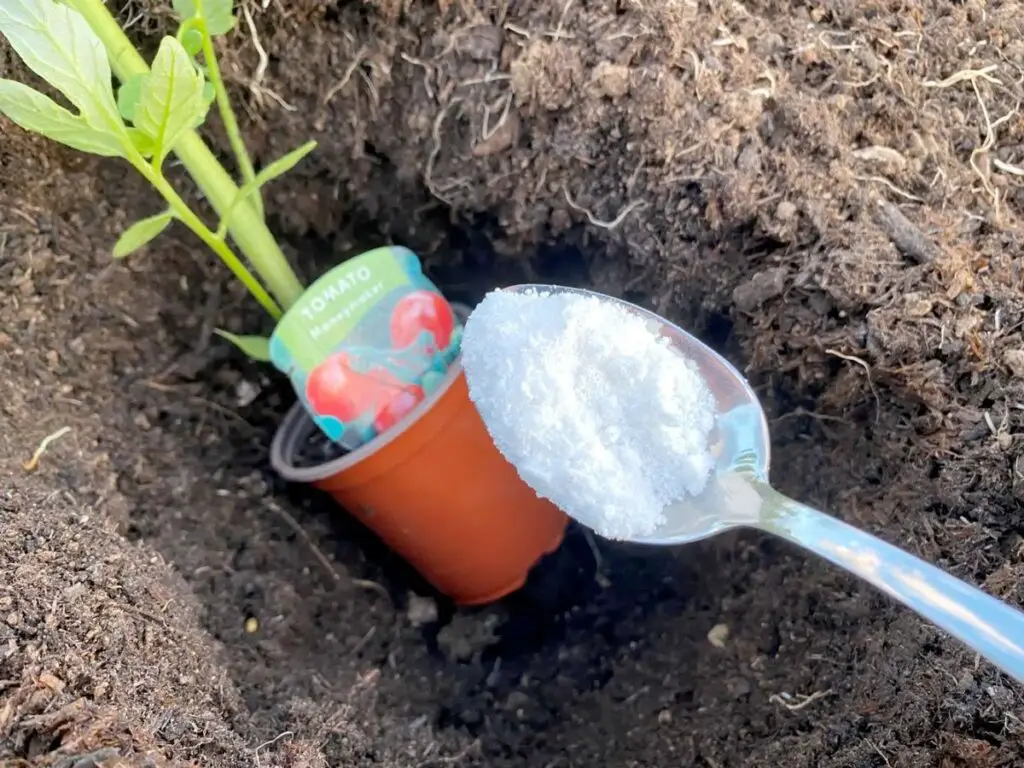Many gardeners have traditionally let their vining plants trail across the ground, simply because it’s the way they’ve always done it.
But it’s time to rethink this approach. Growing garden staples like cucumbers, squash, and watermelons vertically can revolutionize your gardening experience.
Not only will you save valuable ground space, but you’ll also enhance airflow around your plants, reducing the risk of disease and fungal infections. Plus, vertical growth results in cleaner, more uniform fruits and simplifies the harvesting process.

Here’s a detailed guide to help you get started with vertical gardening, specifically focusing on growing cucumbers on trellises:
1. Choosing the Right Cucumber Variety
When it comes to cucumbers, there are two main types: bush varieties and vining varieties.
For vertical gardening, vining cucumbers are your best bet. These plants grow long, flexible vines that can cling to and climb a trellis.
Why Choose Vining Cucumbers?
- Higher Yields: Vining varieties typically produce more fruit compared to bush types.
- Efficient Use of Space: Vertical growth allows you to maximize your garden area, especially in smaller spaces.
Popular vining cucumber varieties include ‘Marketmore 76’ and ‘Straight Eight’. Ensure you choose a variety suited to your climate and gardening conditions.

2. Designing the Perfect Trellis
The design of your trellis is crucial for the success of vertical gardening. Here’s how to choose the right one:
Design Considerations:
- Shape and Size: The shape of your trellis should complement your garden space. In smaller gardens, a simple vertical wall trellis may suffice. However, for easier access and better fruit production, consider an arch or A-frame design. These structures provide more surface area for the vines to cling to and make harvesting more convenient.
- Aesthetic Appeal: Think about how the trellis will fit into your garden’s overall look. A well-designed trellis can enhance your garden’s beauty while serving a functional purpose.
DIY Trellis Ideas:
- Simple Vertical Trellis: Ideal for small spaces, easy to build using materials like wood or metal.
- Arched Trellis: Adds a decorative touch and provides ample space for vines.
- A-Frame Trellis: Offers a stable structure and is great for larger gardens.
For a step-by-step guide on constructing a cucumber trellis, check out detailed resources or gardening websites that offer comprehensive tutorials.

3. Ensuring Trellis Strength
The durability of your trellis is vital, especially when supporting heavy, mature cucumbers. Here’s what to consider:
Materials to Use:
- Wood: A solid wood frame provides robustness and longevity. Ensure the wood is treated to withstand outdoor conditions.
- Metal Fencing: Metal cattle fencing is a popular choice for its strength and durability.
- PVC Pipe: For a lightweight and cost-effective option, PVC pipe can be used to build a sturdy trellis.
Construction Tips:
- Reinforce Key Areas: Ensure the trellis can handle the weight of fully grown cucumbers by reinforcing joints and supports.
- Secure Attachment: Attach the trellis firmly to prevent it from tipping over or collapsing under the weight of the vines.

4. Setting the Right Trellis Height
The height of your trellis affects both plant growth and harvesting ease. Here’s how to get it right:
Height Considerations:
- Harvesting Comfort: Your trellis should be tall enough to avoid bending or stooping when picking cucumbers. However, it shouldn’t be so tall that you need a ladder to reach the top.
- Growth Space: Ensure there’s enough vertical space for the cucumbers to grow fully without being restricted.
Adjustments:
- Custom Heights: Depending on your garden’s needs, you may need to adjust the height of your trellis to fit your comfort and accessibility requirements.

5. Optimizing Plant Spacing
Vertical gardening allows for closer planting compared to traditional methods, but it’s essential to manage spacing wisely:
Planting Tips:
- Closer Spacing: You can plant cucumbers closer together on a trellis because they won’t spread out on the ground. However, ensure they have enough space to access nutrients and water.
- Both Sides: Consider planting cucumbers on both sides of the trellis to maximize space and yield.
Spacing Recommendations:
- Distance Between Plants: Aim for 12-18 inches between plants to avoid overcrowding.
- Row Spacing: Maintain enough distance between rows to allow easy access for maintenance and harvesting.
6. Training Your Vines
As cucumbers grow, they may need some guidance to climb the trellis effectively:
Training Techniques:
- Wrap Vines: Gently wrap the growing vines around the trellis supports as they reach them. This encourages the plants to climb and cling to the structure.
- Use Ties and Clips: Secure the vines with soft ties or plastic garden clips if necessary. Be careful not to damage the stems or restrict growth.
Ongoing Care:
- Monitor Growth: Regularly check the vines and adjust ties or clips as needed to prevent them from becoming too tight.
- Pruning: Remove any excess foliage or old vines to keep the plant focused on producing fruit.
By incorporating these detailed tips, you’ll be well on your way to successful vertical gardening with cucumbers. Enjoy the benefits of a cleaner, more organized garden and a bountiful harvest of delicious, homegrown cucumbers!



